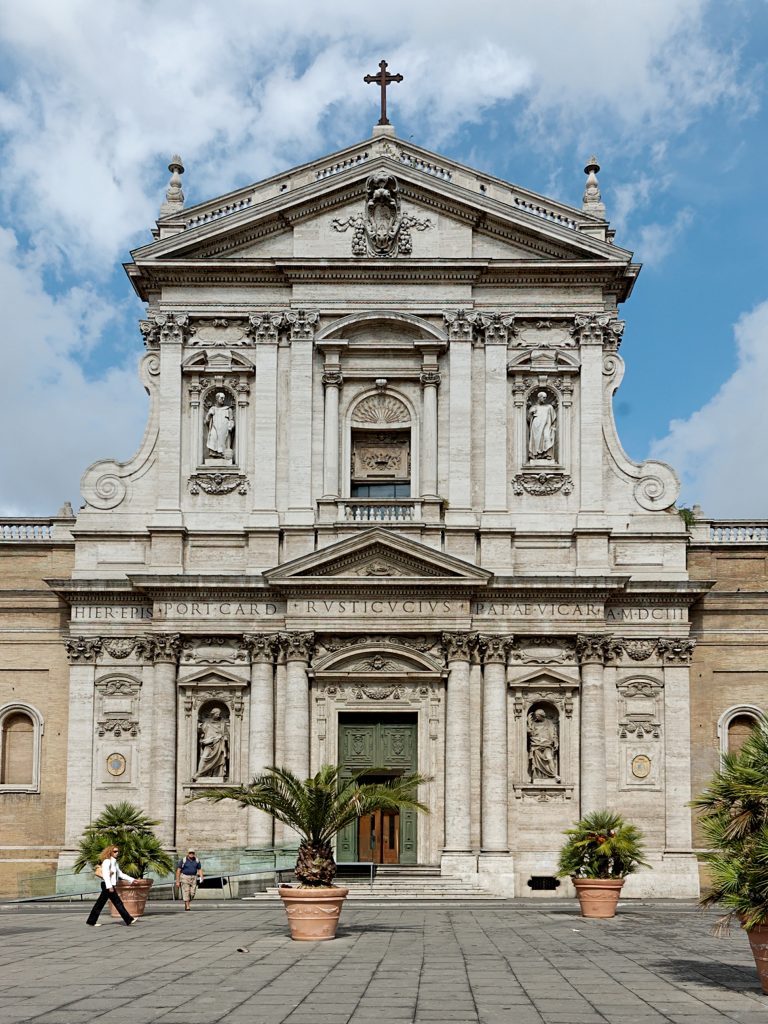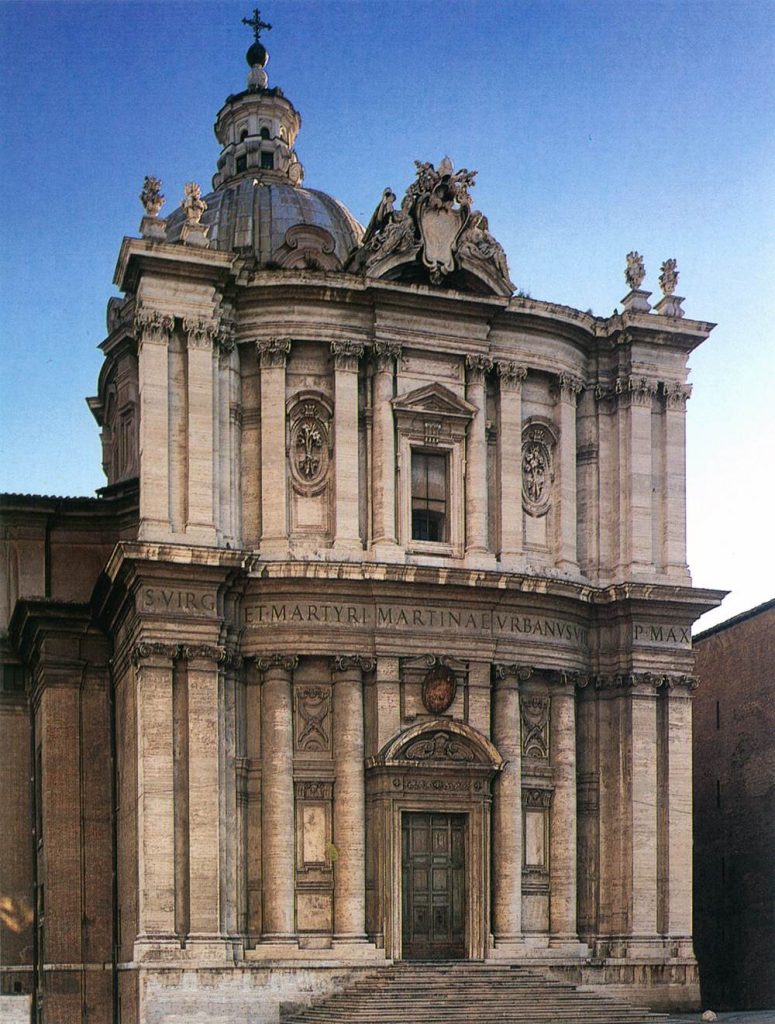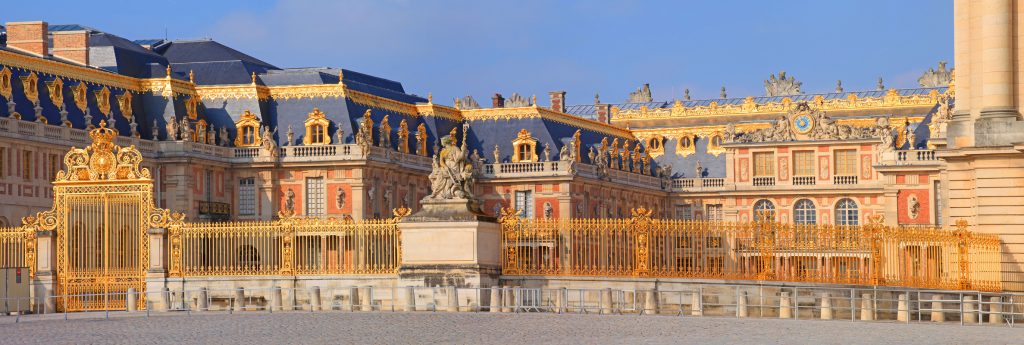Baroque architecture is directly linked to the counter-reformation; the movement of the Catholic Church to fight against the reformation. The architecture of the time was meant to serve as a visible statement of the wealth and power of the Church. Unique for its exploration of form, light and dark, and dramatic intensity, baroque architecture incredibly detailed and grandiose, often including massive gardens, plazas and courtyards.
Italy

Baroque architecture began in Rome before making its way throughout Europe. Many Italian architects of the time are known for their work in baroque architecture.
The first example of Italian baroque architecture is Carlo Maderno’s Santa Susanna. Like most early baroque architecture, Santa Susanna is a catholic church located in Rome. Carlo Maderno was hired to remodel the facade of the building, as the church already existed long before the baroque period.

Another great example of baroque architecture in Italy is Santi Luca e Martina. Originally a simple rectangular structure, it was renovated in the baroque period by Pietro Da Cortona.
The grandiosity of Baroque architecture didn’t stop at the outside facades. The interiors were even grander. On the inside, massive open spaces with walls and ceilings adorned in intricate paintings and filled with incredible sculptures.

France
French Baroque architecture is marked by large curved forms, twisted columns, high domes, and complicated shapes. It was often considered to be more restrained than the architecture found throughout the rest of Europe at the time.
The greatest and most well-known example of Baroque architecture in France is the palace of Versailles. The palace is also the greatest example of secular Baroque architecture. It was designed for Louis XIV by Louis Le Vau and was meant to glorify France as well as show the power and greatness of the King. The palace of Versailles is massive: 700 rooms and 2,000 acres of gardens, all filled with lavish decorations.

Sources
https://bettybaroque.wordpress.com/2011/02/07/santa-susanna/
https://www.newworldencyclopedia.org/entry/Baroque_Architecture
https://en.wikipedia.org/wiki/Santi_Luca_e_Martina
https://courses.lumenlearning.com/boundless-arthistory/chapter/architecture-of-the-baroque-period/